|
with Kim Rodgers Chain "Reactions"In Chemistry this week we learned about long chains of many different kinds of molecules called polymers. Polymers make up many things and are all around us! Clothing, food, hair, plastic wrap, and car parts are all made up of polymers. Different polymers have different properties, like being sticky or stiff. When long chains of polymers slide up and down next to each other, as in glue or natural rubber, they can be sticky. Other polymers can be hard or stiff instead of sticky. You can change the properties of polymers with chemicals or heat. An egg is an example of this. When you cook it the egg whites change from a clear, sticky liquid to a firm, white solid. For our experiment we took corn starch, Borax, and glue and wrote down our observations about each ingredient. The students then wrote their hypothesis for what would happen when the ingredients were combined. We added a little warm water to the Borax and a little food coloring for fun and went to town stirring it up. Once it congealed we took it in our hands and began massaging and squeezing the mixture. It became more and more stiff as we worked with it. We formed it into balls and let them sit for a few minutes to dry. They became bouncy balls! The students were very surprised! The polymers in the glue had changed from sticky to stiff through a reaction with the Borax where the molecules cross-linked with each other. I illustrated this phenomenon using paper clip chains. We made three chains and laid them next to each other. We slid them back and forth next to each other and saw that they moved fluidly. Then we linked a couple of paper clips from one chain to the one next to it to see how molecules can cross-link. Marco! Polo!In the Middle Ages we learned about Marco Polo and his experiences in the Far East. Kublai Khan valued the influence of the West and turned his Mongol soldiers into guards stationed along the Silk Road in order to encourage traders and merchants to make the trek to China. Marco Polo’s father went to China before Marco was born and didn’t come back until Marco was 15! It had taken him three years to even arrive in China! He ended up working for the emperor as his messenger and had returned home to ask the pope for 100 wise men who could explain Christianity to the Khan, along with some holy oil. So Marco went back to China with his father. It took them 4 years! Marco wrote about his experience meeting the Khan and all of the things he experienced in a book called “The Book of Marco.” It was read all over the world and for many years was the only way for people in the west to know what was going on in the east.
Marco described the marble palace in a walled garden where wild animals roamed the grounds. Inside the palace were wonders that had never been heard of...a dining hall where 6,000 people could eat at once, walls covered with battle scenes and dragons painted in gold. Here was where Marco tasted his first ice cream. He also saw coal burn and wrote about the humongous pieces of fruit! He and his father stayed for almost 20 years. When they returned their family didn’t recognize them and weren’t going to let them in. They had dressed in rags to encourage bandits along the road to leave them alone. Inside the seams of the clothing were all sorts of jewels, which tumbled out and proved to the family that they were who they said they were. After Kublai Khan’s time, traveling to China became more difficult. The Mongol leaders had split up the kingdom among themselves when the Khan died. The new leaders didn’t value the influence of the west and they fought with each other over the borders of their little kingdoms, which made the Silk Road very dangerous. The leaders began to believe that China was better off sealing itself off from other areas, which led to the construction of the Forbidden City, so named because foreigners were forbidden to enter it. It took 14 years to build! About 90 years ago the last Chinese emperors were driven out of the Forbidden City. Today tourists can go in and see what no medieval traveler ever saw. In class we talked about how Marco Polo felt when experiencing all the things that were new to him. The students thought about a trip they went on when they saw or experienced something amazing or unusual. They talked with a partner about it and then wrote it down as a journal entry and shared it with the class. While they were working the students took turns finishing their arrows to go with their bows from last week. It was a busy class! Homework for both classes consists of notebooking pages, and mapping for the Middle Ages. See you next week! Comments are closed.
|
Categories
All
Archives
May 2016
|

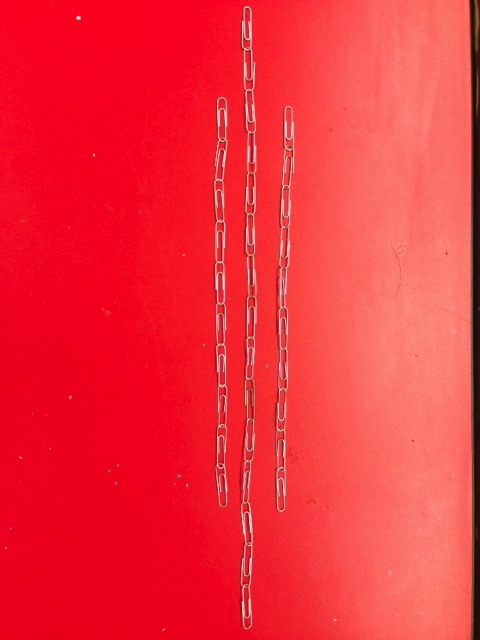
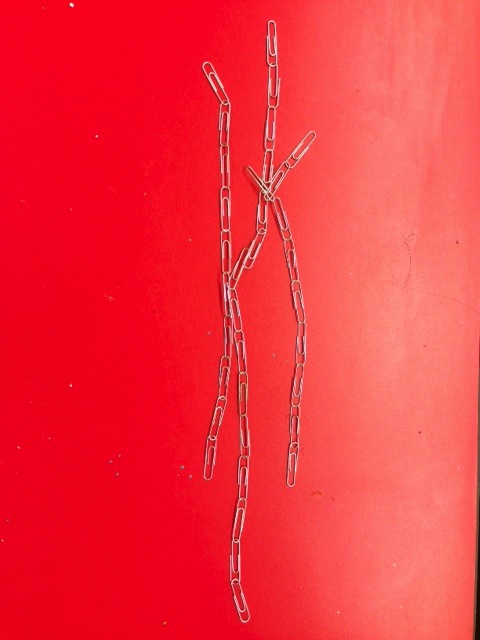
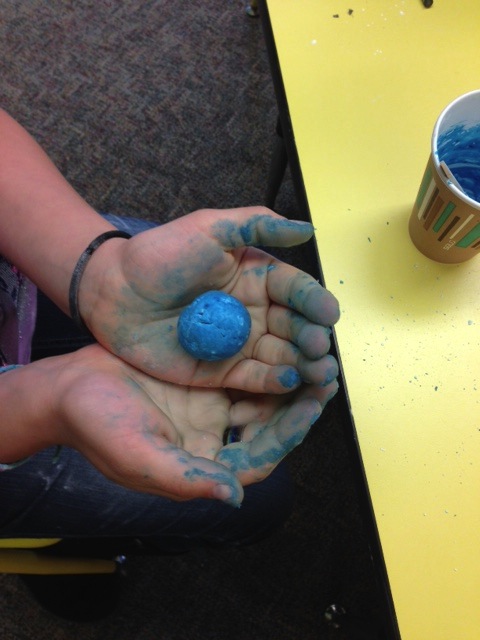
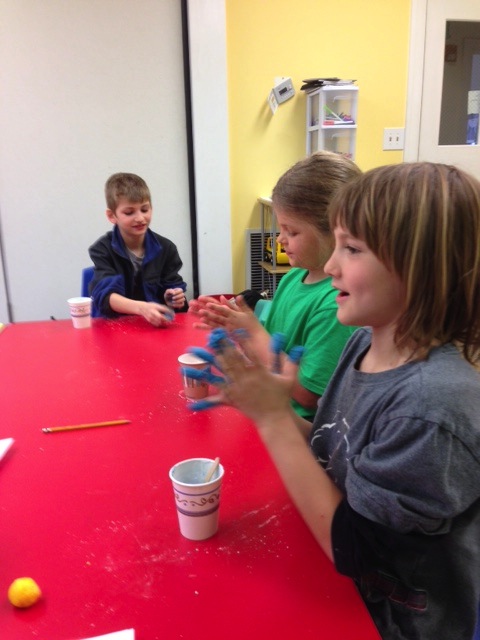
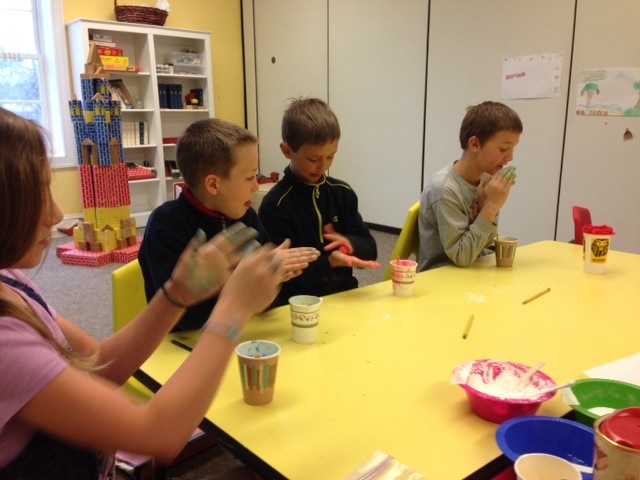
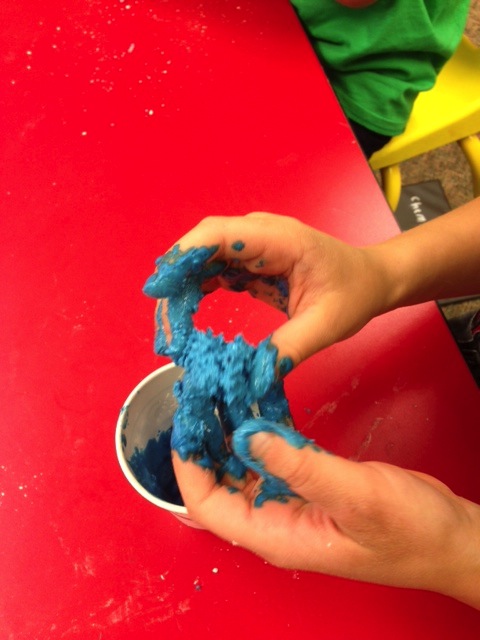
 RSS Feed
RSS Feed